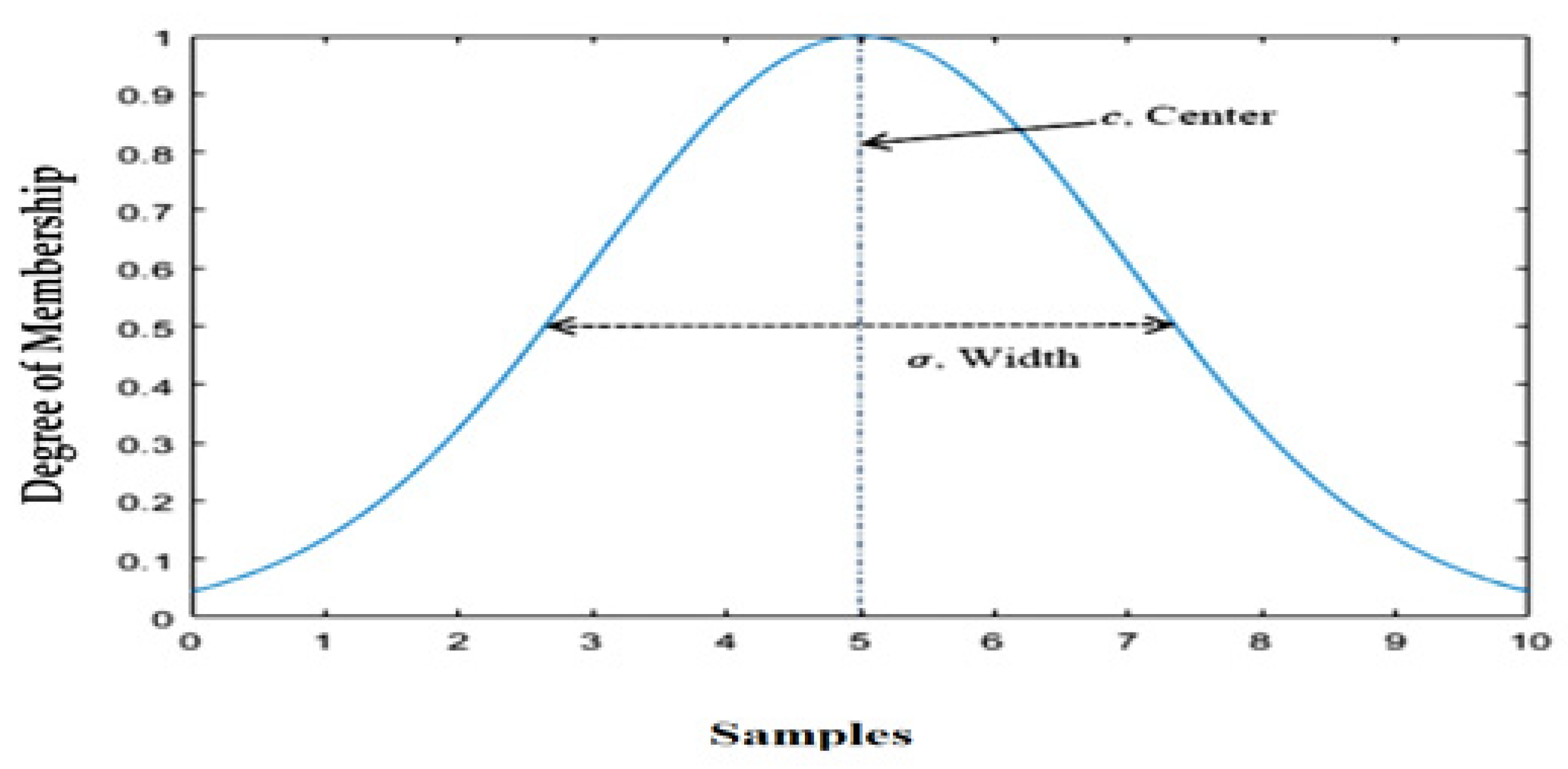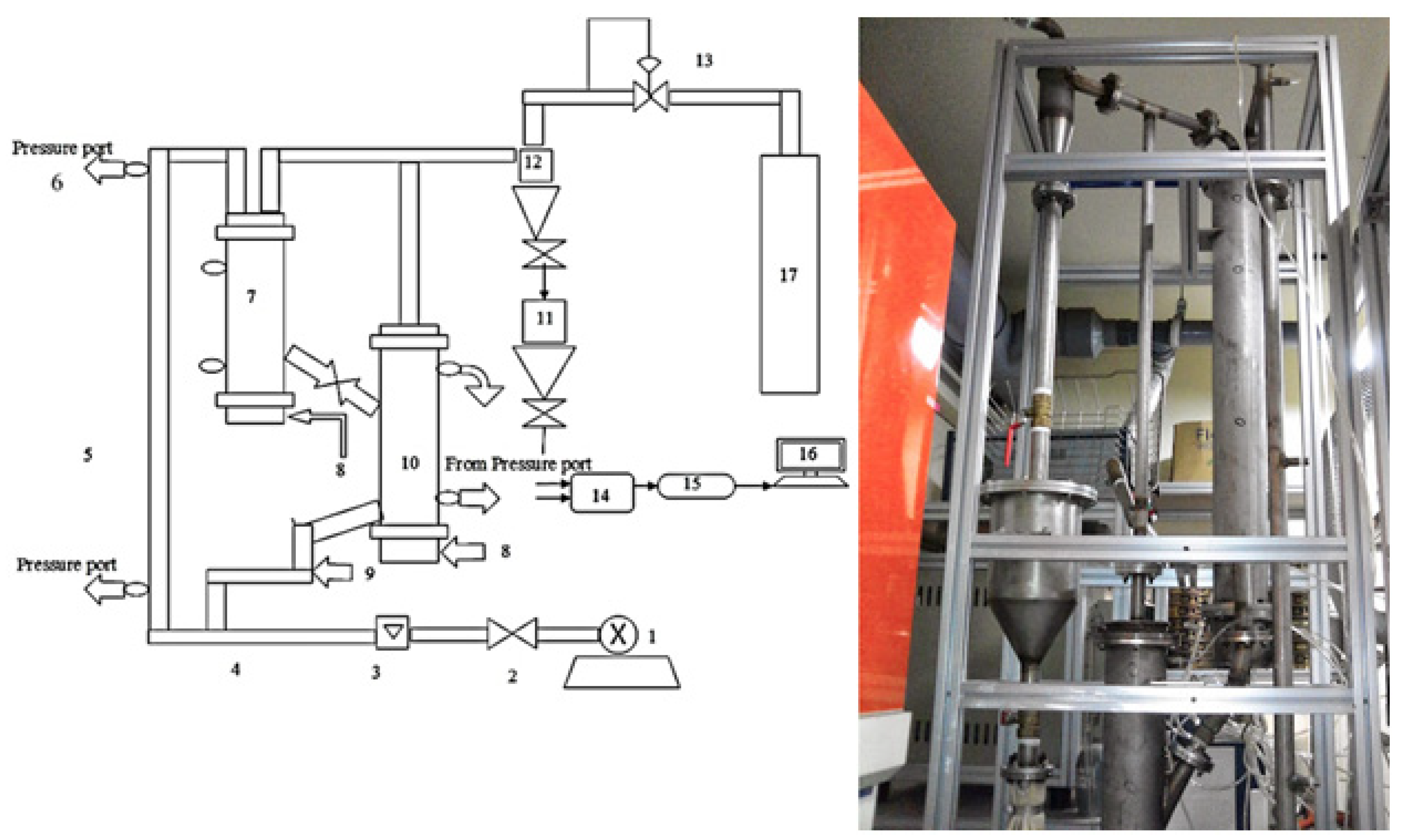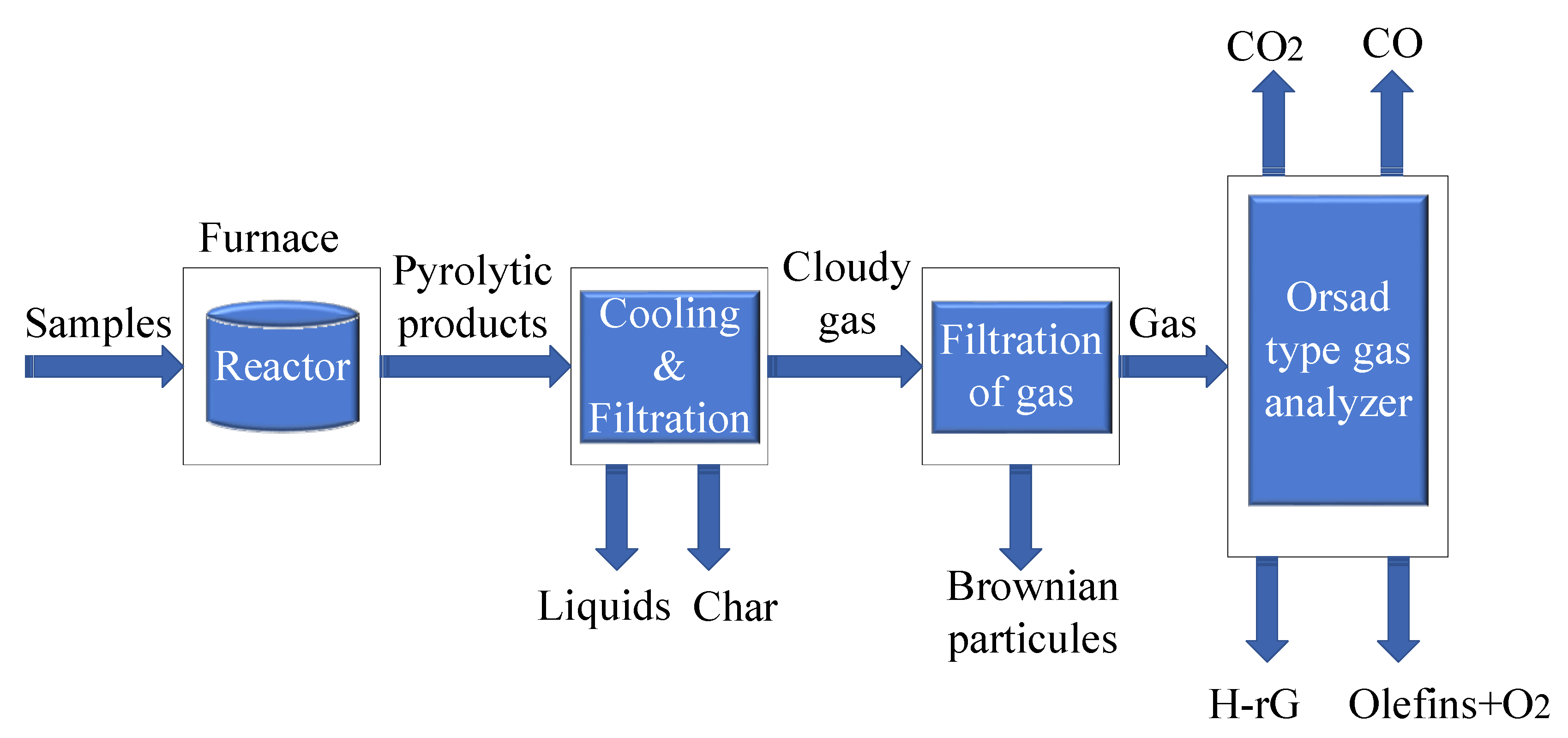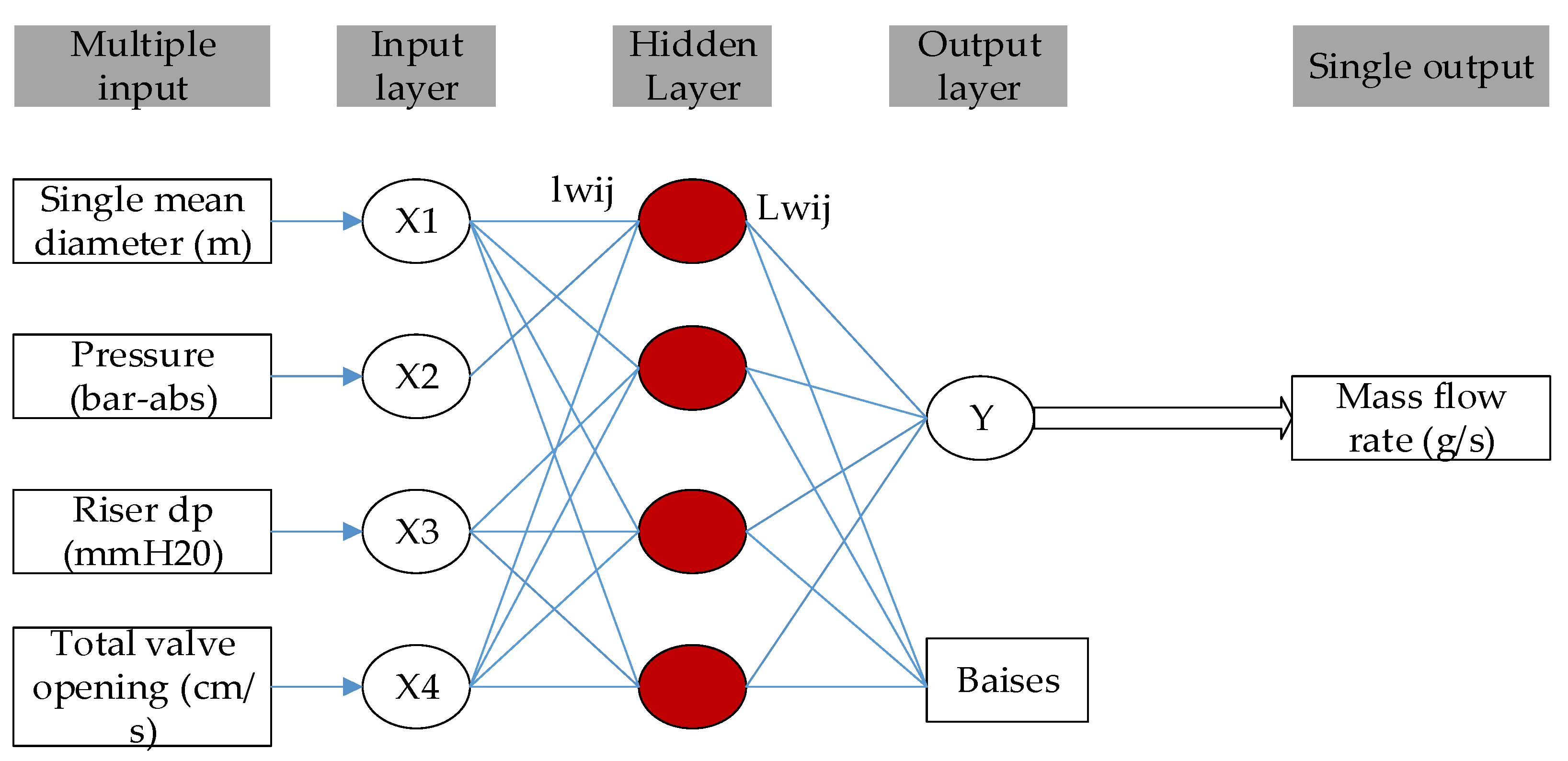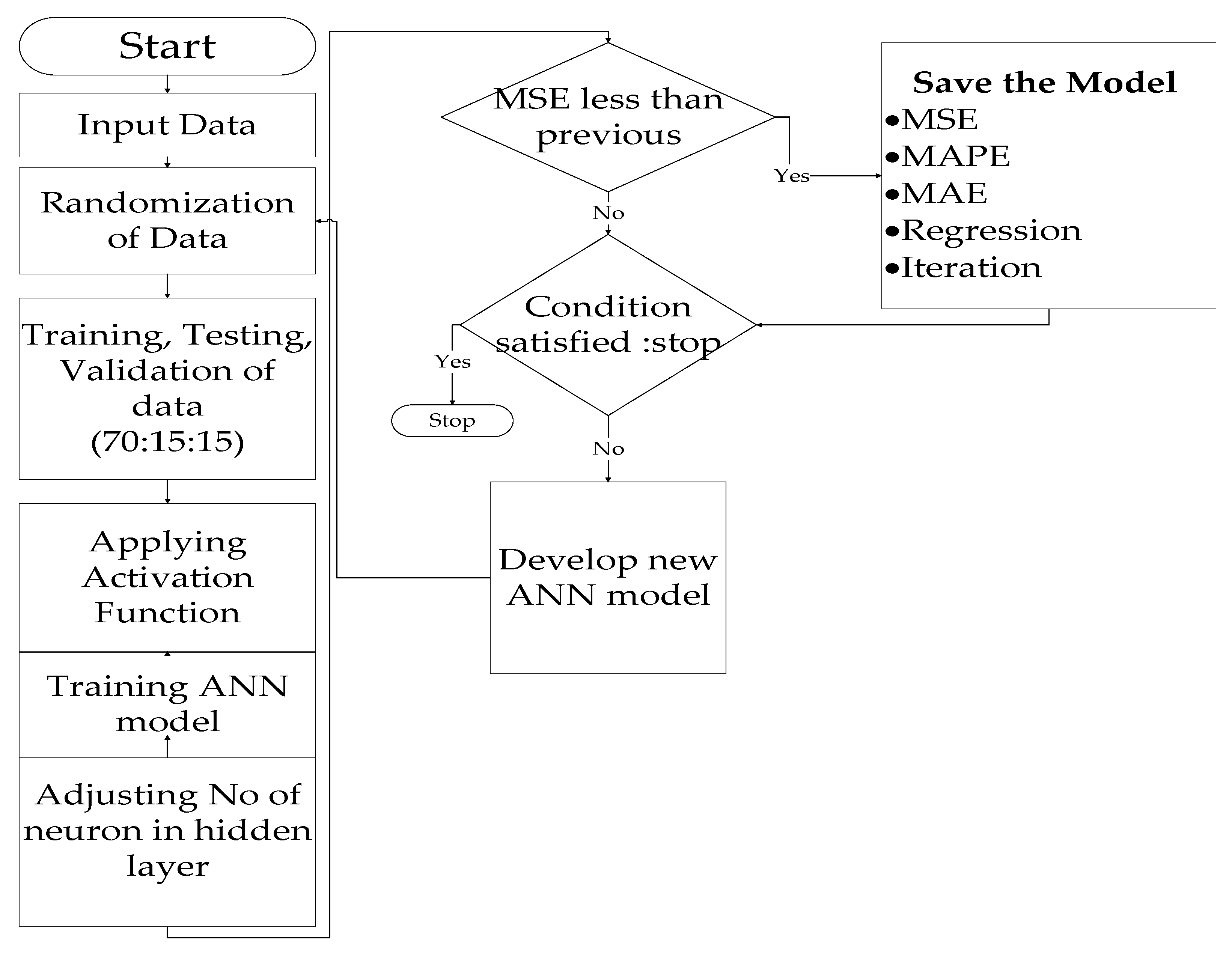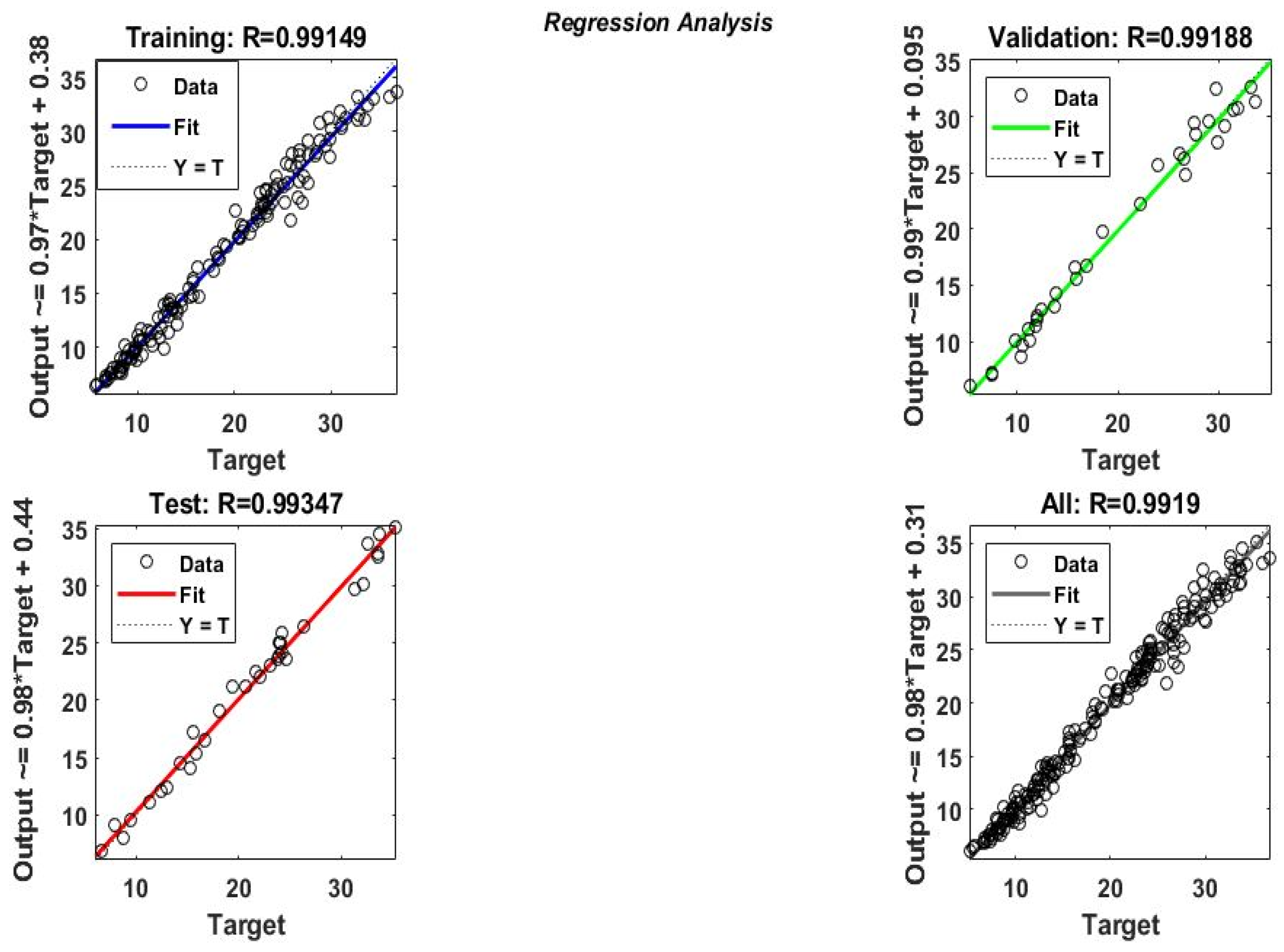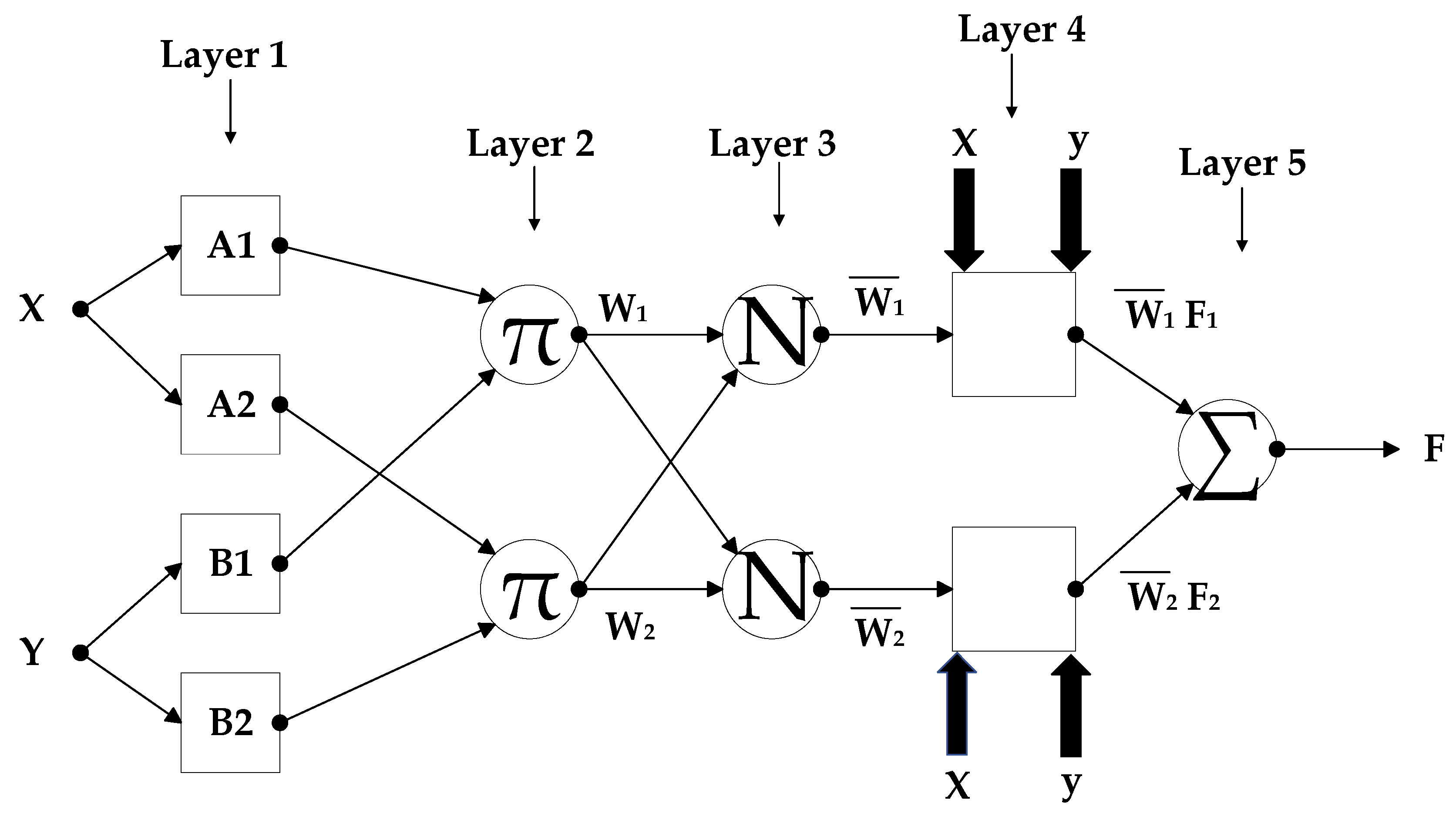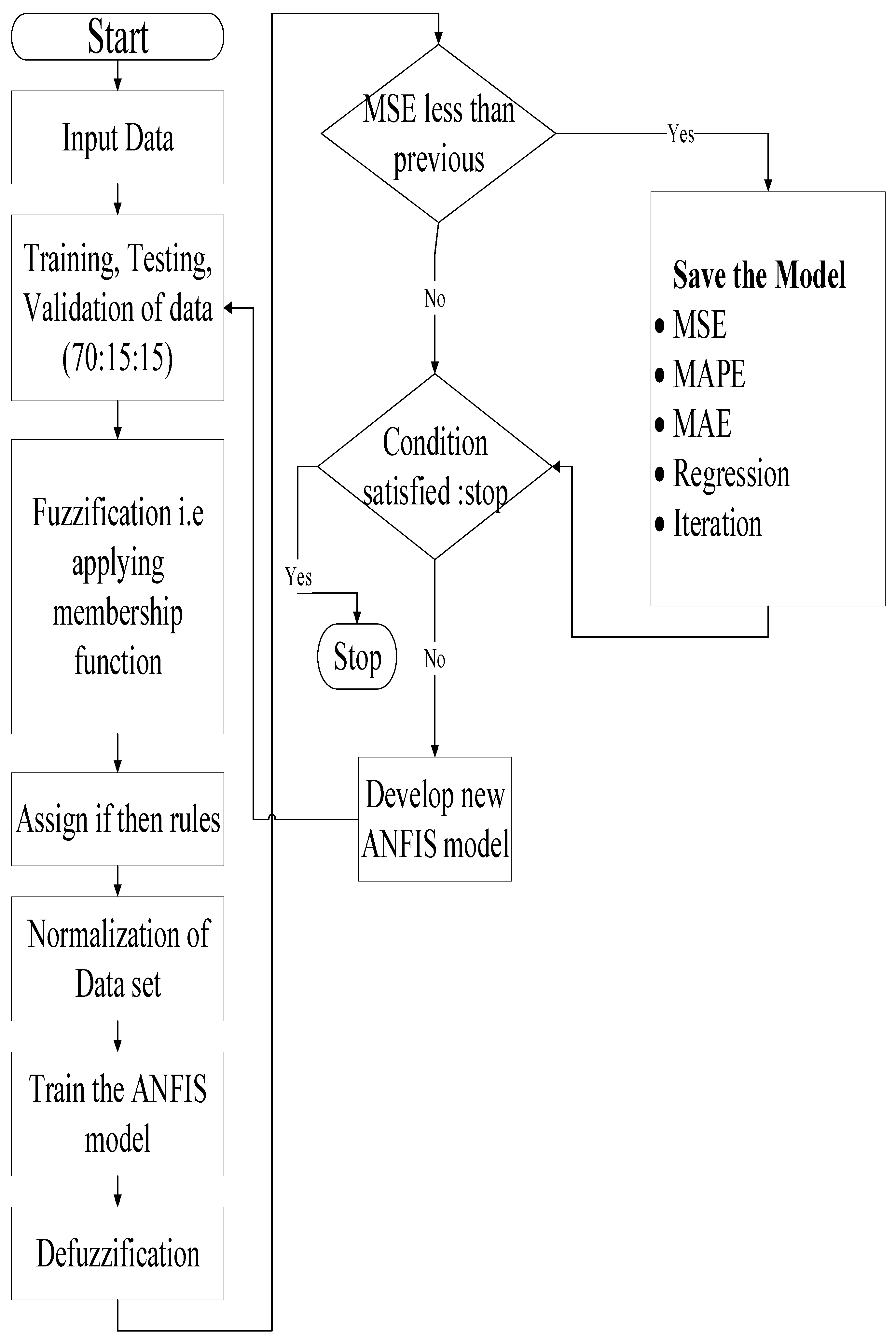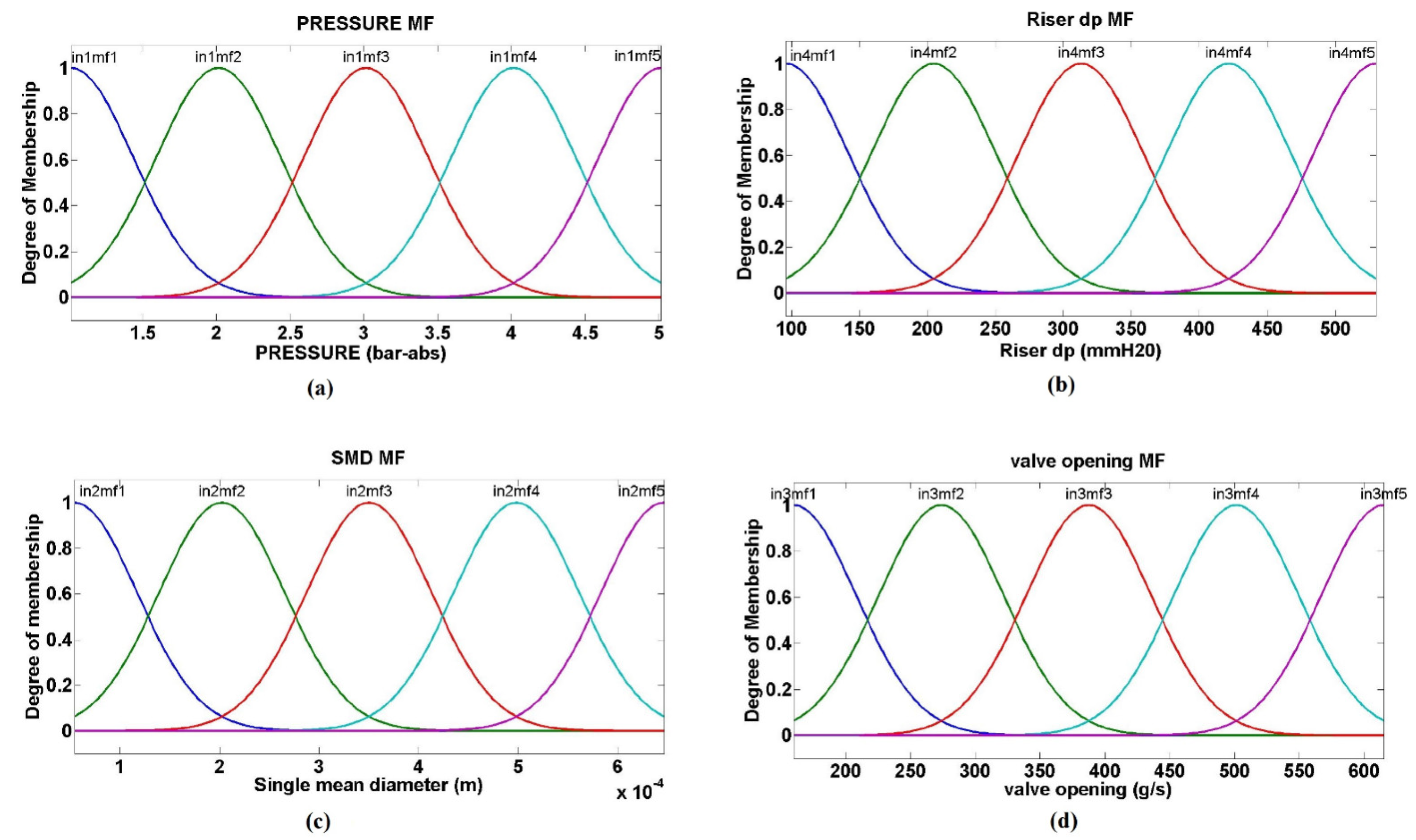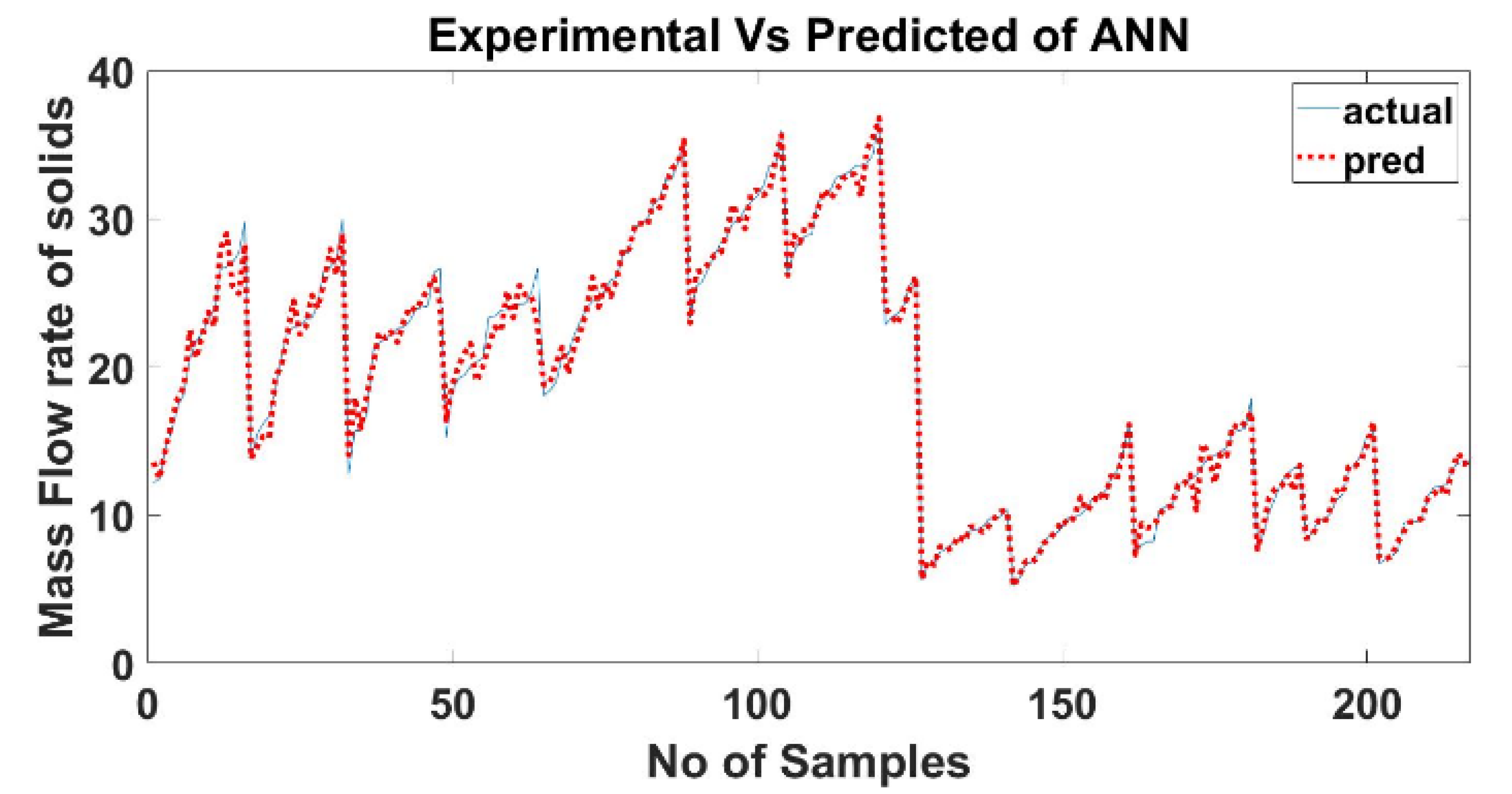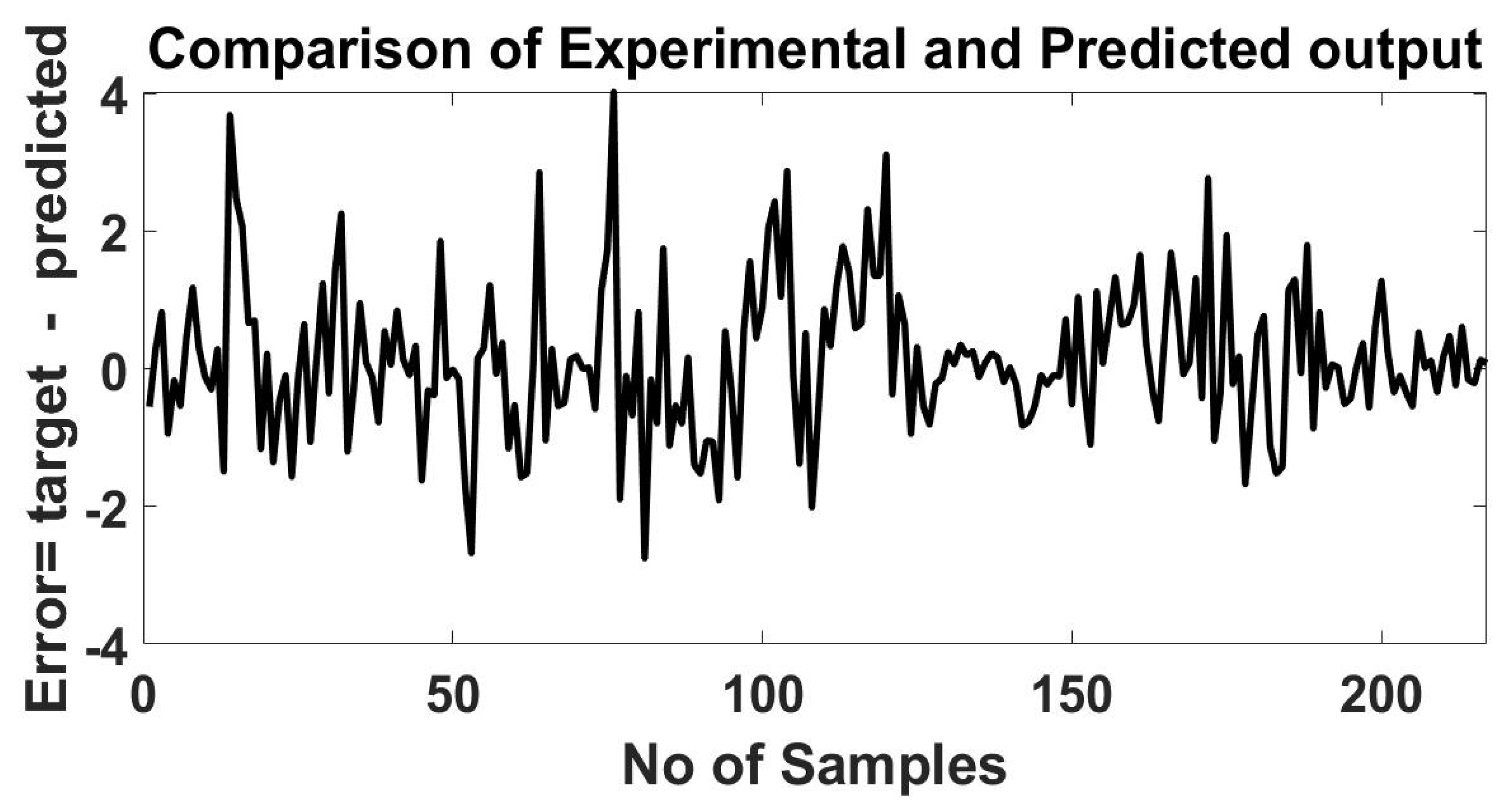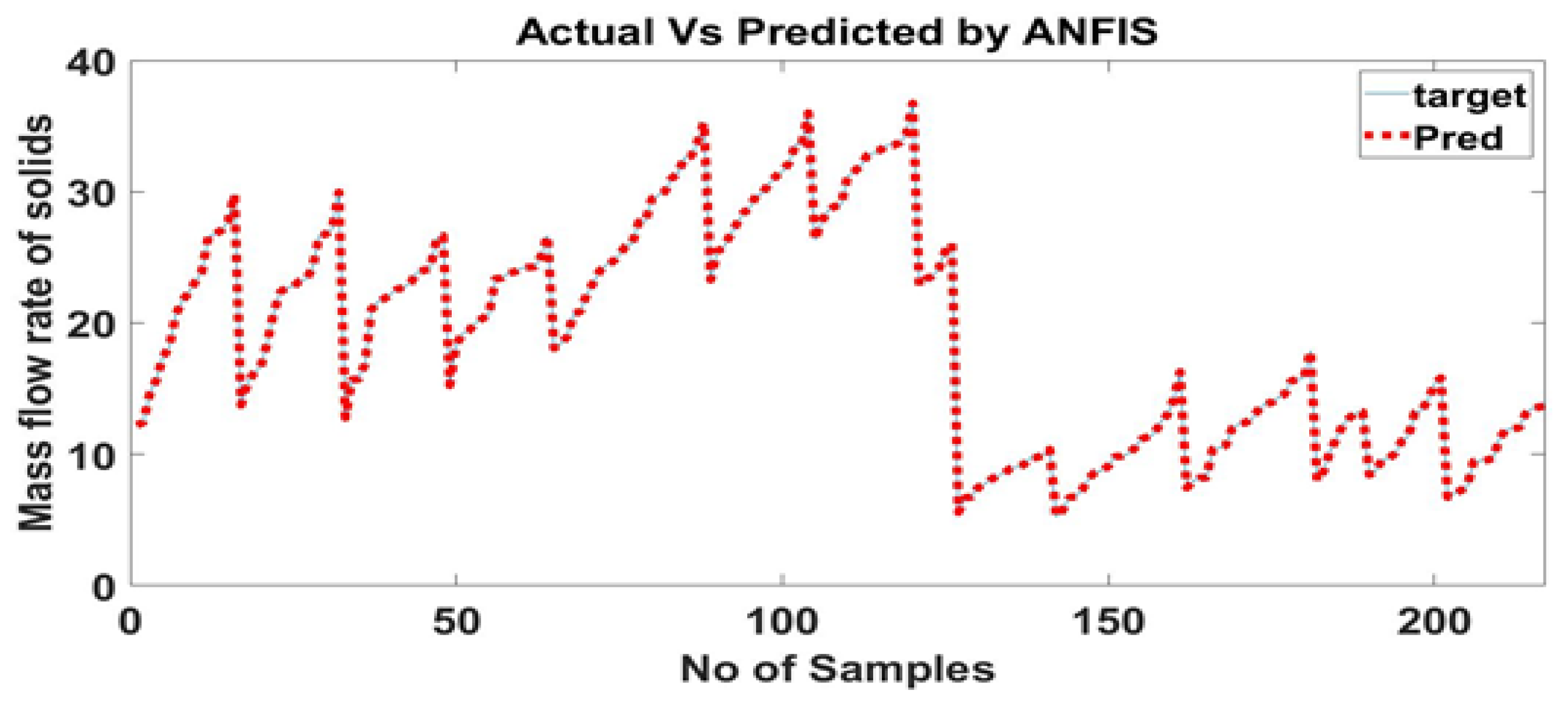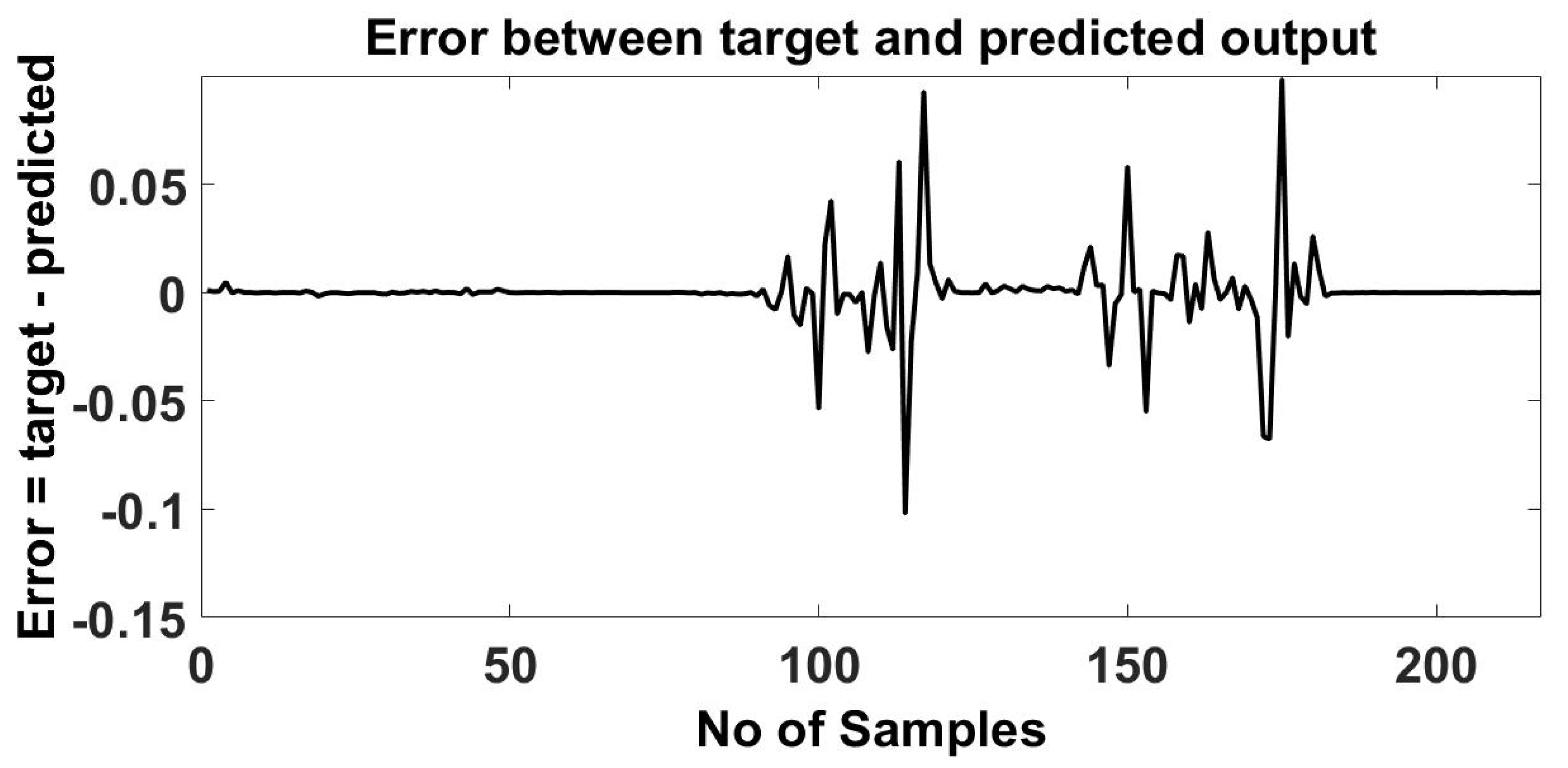1. Introduction
With the discovery of fossil fuels, they have become the most utilized medium to produce energy very rapidly. The relentless consumption of fossil fuels has been causing many problems including global warming, energy crises, air and water pollutions and many other environmental hazards, noticed and warned by many international organizations. Renewable energy, which includes biomass energy, wind energy, hydro energy and solar energy among many others, is a reasonable approach to solve above mentioned problems [
1,
2].
In all these alternative energy sources, the biomass energy entices attention for its numerous benefits like neutralization of CO
2 which makes environment clean. A survey for biomass energy consumption was conducted in 2017 which describes that 9% to 13% of energy is obtained from biomass which is approximately 60 MJ in total amount of energy consumed [
3]. There are various forms of energy, categorized as renewable energy, non-renewable energy and nuclear energy.
Out of these energy sources; coal, oil, natural gas and furnace oil are well developed sub-categories of non-renewable energy. While on the other hand; solar, wind, geothermal, hydel, biomass and intermittent sources are listed down under renewable energy sources. However, there are some problems regarding handling unit, transportation unit, storage unit and production unit of biomass which have been discussed in this article in detail [
4,
5,
6].
Biomass is not a very clean process because Carbon, Oxygen and Hydrogen are basic byproducts of biomass. Agricultural, forestry and industrial sectors are important for generating the primary sources of biomass [
7]. Therefore, biomass is considered important source in energy production for the utilization in various sectors. Pyrolysis is a thermochemical process which takes place in the absences of oxygen. In this process, solid material is subjected as the input at high temperature (400–650 °C) depending on the conditions and properties of solid material [
8,
9,
10]. The solid fuel is converted into three parts:
The solid part comprises of carbon and ash which is known as char, the liquid part consists of flammable and inflammable molecules which is tar, and the last part consists of hydrogen gases. The solid circulation rate is estimated by modeling diagonal recurrent neural network controller for Circulating Fluidized Bed (CFB) to reduce non-linearity, complexity and the mean square error [
11,
12,
13,
14,
15].
Since, the demand of energy is always increasing in power sector; Fluidized Bed Combustion (FBC) is the most considerable methodology which has ability to burn low quality fuel for processing. Due to the decrement in amount of Nitrogen Oxide, Sulphur Oxide, and low combustion temperature, the gasifier performance would be improved; also the size of boiler would become smaller. Shape is also an important factor which is beneficial for FBC [
16,
17,
18,
19,
20]. FBCs are categorized based on fluidized bed; some of them are fixed bed combustor, Atmospheric/Bubbling bed combustion, Turbulent FBC, Fast bed/Circulating FBC, Transport FBC. A circulating fluidized bed boiler is a type of boiler which is used to produce steam by taking main source of biomass or fossil fuel as raw material for combustion chamber. In CFBC, some solid particles blown out and circulate again through cyclone in the boiler. The major issue to be addressed in CFBC is that the solid circulation rate in boiler is measured by conventional methods which are unable to provide reliable accuracy at high pressure because of non-linearity [
21,
22]. So, there is a need to design a soft computing base controller. The results reported by other researchers using neural network have been mentioned in
Table 1.
In very recent years, the online analysis is carried out to predict the gas fuel by making ANN controller with multilayer perceptron in bubbling fluidized bed gasifier based on biomass technology [
10]. Authors in [
23,
24] efficiently implemented the fuzzy logic control on autonomous wheeled mobile robot and photovoltaic application to produce maximum power through maximum power point tracking (MPPT). Adaptive Neuro-Fuzzy Inference System (ANFIS) approach has been applied for MPPT of variable speed wind turbine system, bearing fault identification and financial and welding system which gives more accurate results as compared to traditional techniques [
25,
26,
27]. For the near future, we may say that the neural network and hybrid neuro-fuzzy network controllers are useful to improve the accuracy in different steps of biomass, gasification and pyrolysis process.
This paper is organized as:
Section 2 explains experimental setup and the modeling of artificial neural network and adaptive neuro-fuzzy inference system (ANFIS) to predict mass flow rate of solid. In
Section 3, results are summarized, while the discussions and conclusions are outlined in
Section 4 and
Section 5, respectively.
2. Materials and Methods
2.1. Experimental Setup and Data Collection
The experimental setup consisted of a riser (0.0275 m i.d. and 2.75 m height), two bubbling fluidized beds (0.106 m i.d., 0.96 m height), an L-valve, a cyclone, a hopper, and a pressure control system including bag filters, as shown in
Figure 1. A range of different sensors are used to detect and measure the accurate readings of solid particles of biomass in pyrolysis process. The experimental process study generally comprises of two distinctive parts. The first significant step in pyrolysis process is the collection of viable data from experimental process at high pressure in CFBC riser.
In this study, the experimental data set consisted of 217 samples of solid fuel properties, i.e., single mean diameter of solid particle (m), pressure acting on solid particles (Bar-abs), riser dp (mmH20), total valve opening (cm/s) and mass flow rate of solids (g/s). During ANN and ANFIS modeling, four input features comprising of single mean diameter, pressure, riser dp and total valve opening while the output variable has compromised the mass flow rate of solid. The other part of the experiment process includes the development of ANN and ANFIS model in MATLAB 2019a for accurately estimating the solid particle by using online computing techniques.
The data has further distributed into 70% for training, 15% for validation and 15% for testing, i.e., 151 training samples, 33 samples for validation and 33 samples for testing.
Compressor: The basic purpose of using compressor is to compress the air. In CFB gasifier bubbling fluidized gas is used at the bed of gasifier which is produced by compressor. Mass flow meter controller: the Mass flow meter controller is used to control the flow of compressed air, i.e., fluidized gas in the gasifier. Riser inlet: this is input inlet of riser through which compressed air, i.e., fluidized gas enters at the bed of riser. Riser: the riser in CFB gasifier is used to measure the flow characteristic of solid particles. In riser, the fluidized gas from compressor and solid particle from riser inlet are mixed and flow in upward direction. Pressure port: the pressure transducers are installed at the bottom and upper side of the riser to measure the pressure of fluidized air and solid particles. Lower bubbling bed: the lower bubbling bed consists of solid particles fed with gas, coming from upper bubbling bed and the L valve is fixed at the bottom side of bubbling bed through which fed gas is supplied to riser. Hopper: the hopper is just like a large bin, in which solid particles were stored. In case of shortage of resources or other technical faults then the hopper is used to provide the input to the gasifier. Hopper serves as a storage area. Cyclone: the main function of cyclone is to separate the solid particles and fluidized gas coming from bubbling bed and riser. Pressure transducers: pressure transducers are basically used to measure pressure. Data logger: the data logger is used to save the measured data from the instruments in personal computer. The data logger we are using is Graphet GI800. Bag filter: the bag filter is a thin paper filter which is used to filter the fluidized gas from cyclone. If any remaining solid particle is present in the fluidized gas then it will be extracted by bag filter to clean the fluidized gas and return the solid from bag filter to riser.
2.2. Granulated Sample and Different Parameters in CFBC
Basically, the fluidized bed temperature is affected by the mass flow rate and the pressure exerting on solid particles. Moreover, the velocities of the fluidized particles would also affect the input feedstock of the reactor. Execution of pyrolysis takes place at 700–1000 °C. The schematic block diagram of pyrolysis process with extraction of hydrogen gas is shown in
Figure 2. The pressure, single mean diameter (SMD), riser dp and total valve opening have been taken as inputs and the mass flow rate is taken as output of the pyrolysis process while modeling the ANN and ANFIS as mentioned in
Table 2.
2.3. ANN Model Development and Its Working Principal
2.3.1. Parameters Selection for Developing ANN
To accurately predict the solid circulation rate at high pressure in CFBC, the structure of artificial neural network with multiple input single output (MISO) system is developed. The neurons in the hidden layer receive signals from the input layer and transfer it to the neurons present in the output layer, but the units of the network in the hidden layer must have summed its weighted inputs and used the activation function to produce the output signal. The mode of operations of the activation function is expressed in Equation (1).
where
Wij represent weight of
ith input and
jth neuron of the hidden layer and
bj is bias of
jth layer. A tansigmoid function has been used for training of model. The proposed ANN model uses Levenberg–Marquardt feed forward back propagation (BP) learning algorithm with tansigmoid function for training expressed in Equation (2). The architecture of ANN model used is shown in
Figure 3.
Input layer: this layer consists of 4 neurons as there are four input parameters as shown in
Table 3.
Hidden layer: It consists of two hidden layers with 50 neurons in each layer. The number of neurons in the hidden layer is set to be adequate and optimal so that the error is diminished and gives an optimal best performance.
Output layer: Neurons in output layer usually depend on the number of output features which get extracted in that particular process. Hence, the proposed structure has one neuron at output layer for solid circulation rate as output.
2.3.2. Tuning of ANN Model
The tuning of ANN model, which includes training, validation and testing, were all done by using NNTOOL. During tuning of these parameters, the pressure exerted on solid particles, single mean diameter of solid particles, riser dp and total valve opening in the circulating pipe as inputs features, and mass flow rate of particles value as an output feature. In this ANN model, total number of samples is 217, which are further subdivided into 70% for training, 15% for testing and 15% for validations.
The division of data was randomly done by MATLAB. Moreover, this distribution can be changed for desirable alterations according to the demand.
The optimal values were selected for tuning parameters of proposed model are shown in
Table 3. Multiple training operations are available in MATLAB, out of them, some are mentioned below:
Batch training operation in which noises are included to train the model.
Levenberg Marquardt (LM) with second order method which gives more accuracy in comparison of first order as time consumed by second order is less, while noises are also included in this operation.
After the completion of ANN model tuning, it stops automatically and gives provides optimal pathway which might be seen through mean square error validation samples. The MSE can be well defined as the average squared difference of outputs and targets. The structure of proposed model is shown in
Figure 4, which represents that ANN has multiple inputs and single output (MISO). If ANN consists of two or more than two hidden layers then such neural network is considered in deep learning state. Training flow sheet of ANN algorithm is given in
Figure 5. It represents how ANN model start and complete the learning process on the basis of stopping conditions, i.e., MSE, MAPE, MAE and regression analysis clearly shown in training flow sheet of ANN. The Regression analysis of ANN is given in
Figure 6.
Momentum rate is a parameter which speeds up the convergence of first order optimization methods like gradient descent. The number of iterations which are referred as epochs are taken as 1000 to improve the accuracy of trained neural network. The default performance function in trained neural network is MSE to improve generalization of the neural network.
Regression represents the relationship between dependent variable, i.e., mass flow rate and independent variables, i.e., pressure, riser dp, total valve opening and single mean diameter of solid particles. In regression analysis we find a line that most closely fit the data according to the mathematical Equation (9). The regression line describes the strength of independent variables and the trend of dependent variable in future. The regression analysis is widely used in predicting, forecasting and error reduction applications. The regression analysis for training, testing and validation is represented in blue, red and green line, respectively, as shown in
Figure 6.
2.4. Adaptive Neuro Fuzzy Inference System (ANFIS)
The precise prediction of solid circulation rate is carried out by ANFIS modeling approach which usually works at high pressure in circulating fluidized bed gasifier to improve the accuracy regarding syngas and input feedstock to the boiler. The architecture of ANFIS comprises of five layers of neuron as shown in
Figure 7. Five membership functions were designed in fuzzification layer for fuzzifying all the crisp inputs in Equation (3) (see
Appendix A for details). If ‘m’ is number membership functions and ‘n’ is number of inputs then,
The number of neurons was always equal to the number of memberships function in the fuzzification layer. In layer 2 and 3, if then rules normalizing of each weights process will be performed in Equation (4).
In the 5th layer linguistic variables were then defuzzified into crisp output in Equation (5).
The Sugeno type if then rules were evaluated in ANFIS model on the basis of Equations (6) and (7) to estimate the solid circulation rate.
Then,
where, P and Q are two inputs of ANFIS, k is total number of rules generated in the model, µ is input membership function, while P and Q are polynomial constant of 1st order. Total 625 rules are developed in the structure of ANFIS and the upper and lower bound membership function for all the inputs.
2.5. Parameters Selection and Tuning for Developing ANFIS
The tuning of ANFIS model was carried out by using Neuro fuzzy toolbox in MATLAB 2019a. There are different types of membership functions, such as Bell-shaped, Sigmoidal, Gaussian and Gaussian2, which were selected to check the performance of ANFIS model for the estimation of solid circulation rate at high pressure in Circulating Fluidized Bed gasifier.
The
Figure 8 presents the training flow sheet and total layers in ANFIS model, while the parameters used for tuning the ANFIS model are shown in
Table 4. The hybrid optimization method is far more superior in terms of providing accurate results than gradient decent method because it involves both the methods, i.e., Least Square Method and Back Propagation Gradient Decent Method.
The collected data set is subdivided into three groups of data. The first group is composed of 70% samples and it is used for training the ANFIS module. Each of the other two groups is composed of 15% data samples which are used for testing and validation purposes. The system is trained for 250 epochs by using different types of input MFs. It has been observed that the Gaussian MFs provided the best results as compared to the other types of input MFs. The trained Gaussian MFs of input variables, i.e., pressure, riser dp, single mean diameter and total value opening are shown in
Figure 9.
3. Results
The final findings of all the experimental procedure were collected after tuning of the proposed model. These results of the ANN and ANFIS were examined and calculated in multiple steps. The error between actual and testing results are compared and shown in form of mean squared error (MSE) which is calculated by the formula given in Equation (8). If ‘M’ is mass flow rate of given solid particle and
is the predicted mass flow rate, and N is number of observations, then
The regression analysis (R
2) of ANN and ANFIS can be determined by Equation (9).
where,
Y is dependent variable that is plotted on
Y-axis and
X is independent variable which is plotted on
X-axis,
is y intercept and
b is slope of line.
The mean absolute error (MAE) is given in Equation (10).
The mean absolute percentage error (MAPE) is given in Equation (11).
The MSE and R
2 values for training, testing and validation of data for ANN are represented in
Table 5.
Figure 10 compares the values predicted by ANN with the (experimental) target values while
Figure 11 shows the error produced by ANN.
The ANFIS analysis was carried out to determine the type of input membership function which may give more accurate results for constant and linear membership function of output as shown in
Table 6 and
Table 7, respectively. Moreover, the MSE, RMSE, MAE, MAPE should approach to zero and R
2 should approach to 1 for accurate results.
Keeping accuracy as our priority, Gaussian input membership functions are selected with linear output membership function because ANFIS here has ability to provide more precise and accurate results. The R
2 values in training and testing are close to one another. Furthermore, if the MSE value touches approximately zero, and then it indicates that tuning of the proposed model is excellent for all data sets, also the results are very close to each other in between predicted and experimental values. The difference between network output and the intended outputs is found to be very low which can be neglected. Such results are of utmost satisfaction and quite acceptable on the basis of R
2 and MSE values.
Figure 12 compares the values predicted by ANFIS with the (experimental) target values while
Figure 13 shows the error produced by ANFIS. There might be some fraction of noise in 100th sample due to any sensors while collecting experimental data set. As the ANFIS is trained for training data samples only, any noise can therefore contribute to error. It can be one of the main reasons that error between the experimental results and the predicted values starts to become more noticeable at this specific sample. Yet, the error variation is not too high if we see the scale on
Y-axis and it does not significantly affect the accuracy of the results. The experimental findings for the prediction of solid circulation rate at high pressure in CFBC through ANN and ANFIS model are mentioned in
Table 8. The ANFIS model predicts mass flow rate of solid better than artificial neural network as can be seen in
Table 9.
4. Discussions
The CFBC technology is receiving wide attention of researchers for burning low-grade coal, biomass and other organic waste. The sustainable energy which can be developed by CFBC reactor is playing a vital role to meet the growing energy demand. This research paper is mainly focused on estimating the solid circulation rate in CFB system. The ANN and fuzzy logic based soft computing techniques are very helpful in adopting the nonlinear behavior of the systems. Therefore, we have implemented ANN and ANFIS models for accurate estimation of solid circulation rate. The experimental data is collected from a laboratory scale prototype and simulations are done for 217 data samples, each consisting of four input parameters and one output parameter. The ANN is trained for 50 neurons in the hidden layer and results are obtained using Levenberg–Marquardt back propagation algorithm, while ANFIS is designed by assigning 5 MFs to each input variable. The ANFIS model is trained using least square method in forward pass and back propagation algorithm in the backward pass. It is observed that ANFIS produced the best results with Gaussian MFs for input variables and linear MFs for output variable. The results produced by ANFIS are compared with the ANN while calculating the values of MSE, RMSE, MAE, MAPE and R
2. We have compared our findings with
Table 1 in the introduction part. We found that proposed ANFIS model gives more accurate results and value of MSE error is very low and regression analysis is approaching to 1. The local sensitivity analysis is performed using one-at-a-time method to check that how much output variable is sensitive to any change in the input variable. The results of the sensitivity analysis are summarized in
Table 10. It has been observed that output is most sensitive to any change in the total value opening, then riser dp, pressure and SMD. Pyrolysis process usually takes place at 700–1000 °Cand to get high heat efficiency the temperature must be maintained at 800–1000 °C. In order to improve the efficiency of gasifier, a balance between flow of mass and produced energy must be maintained to achieve the desired values of temperature and pressure. The pressure, temperature, valve opening and height of the reactor bed are the most important hydrodynamic parameters which ensure smooth flow of solid particles. Therefore, accurate estimation of solid circulation rate on the basis of these input parameters greatly affects the efficiency and performance of CFB gasifier. The CFB usually achieves combustion efficiency of 95% which can be further improved by employing proposed ANN and ANFIS algorithms.
5. Conclusions
The ANFIS model has both numerical and linguistic variable knowledge while ANN has only numerical variable knowledge. Moreover, ANFIS has ANN’s ability to classify the data and identify the patterns. If we compare ANFIS with ANN model, ANFIS is more suitable to user and causes less memorization error. In ANFIS model, neural network algorithm is used to select a proper rule base which is accomplished by using the back propagation algorithm. Selection of the appropriate membership function and the rule base improves the accuracy of ANFIS model. From
Table 8 it is clearly shown that MSE and regression analysis of ANFIS is 0.0519 and 1.0000. Moreover, MSE and regression analysis of ANN is 1.0677 and 0.9806. Ideally the value of MSE should be closer to zero and regression approaches to 1 to get more accurate results. Therefore, ANFIS is selected as more suitable and accurate method to estimate the solid circulation rate in CFB system.
Recurrent neural network (RNN), long short-term memory (LSTM) neural network and convolutional neural network (CNN) are types of artificial neural network (ANN). These types of neural networks involve deep learning. The learning capabilities of RNN can be significantly improved when used with LSTM neural networks. All ANN models can be used for numeric data and they differ only in performance. When we give an image to CNN, it sees the image as 2D arrays of numbers that describe each pixel of the image. All calculations are performed on these numbers. CNNs are highly noise-resistant models and they are able to extract deep features. The 1D CNN is a hot research area these days, which has been successfully implemented in applications involving numeric data classification such biomedical data classification, early diagnosis, health monitoring and fault detection in power electronics and electrical motors. In the future, RNN with LSTM and CNN can be implemented to improve the results for estimation of solid circulation rate in CFBC. There are some actuators, sensors and rotatory valves in circulating gasifiers that are manually controlled by labor and their operation is greatly dependent on the expertise of the person. This research paper is a case study which suggests some novel ideas to automatically control the flow rate using soft computing techniques to reduce the labor cost and time consumption by minimizing the human interference. Moreover, some other techniques such as granular neural network and granular computing-based neuro-fuzzy modeling can also be implemented to estimate the solid circulation rate.
